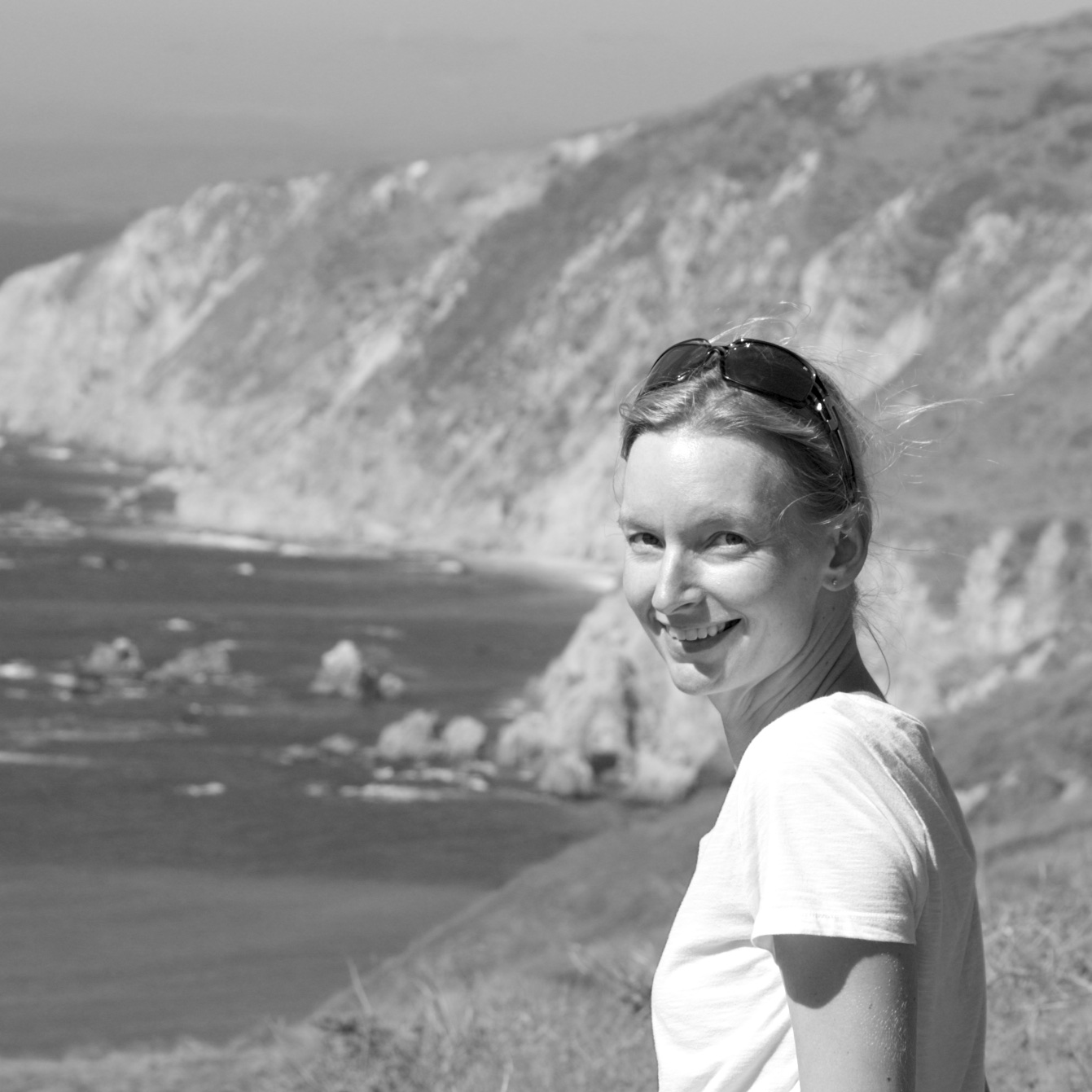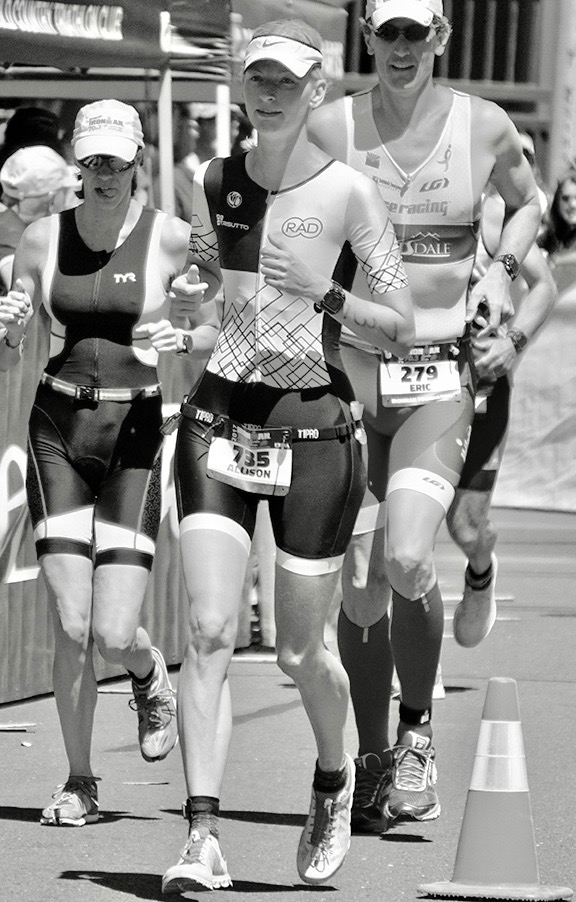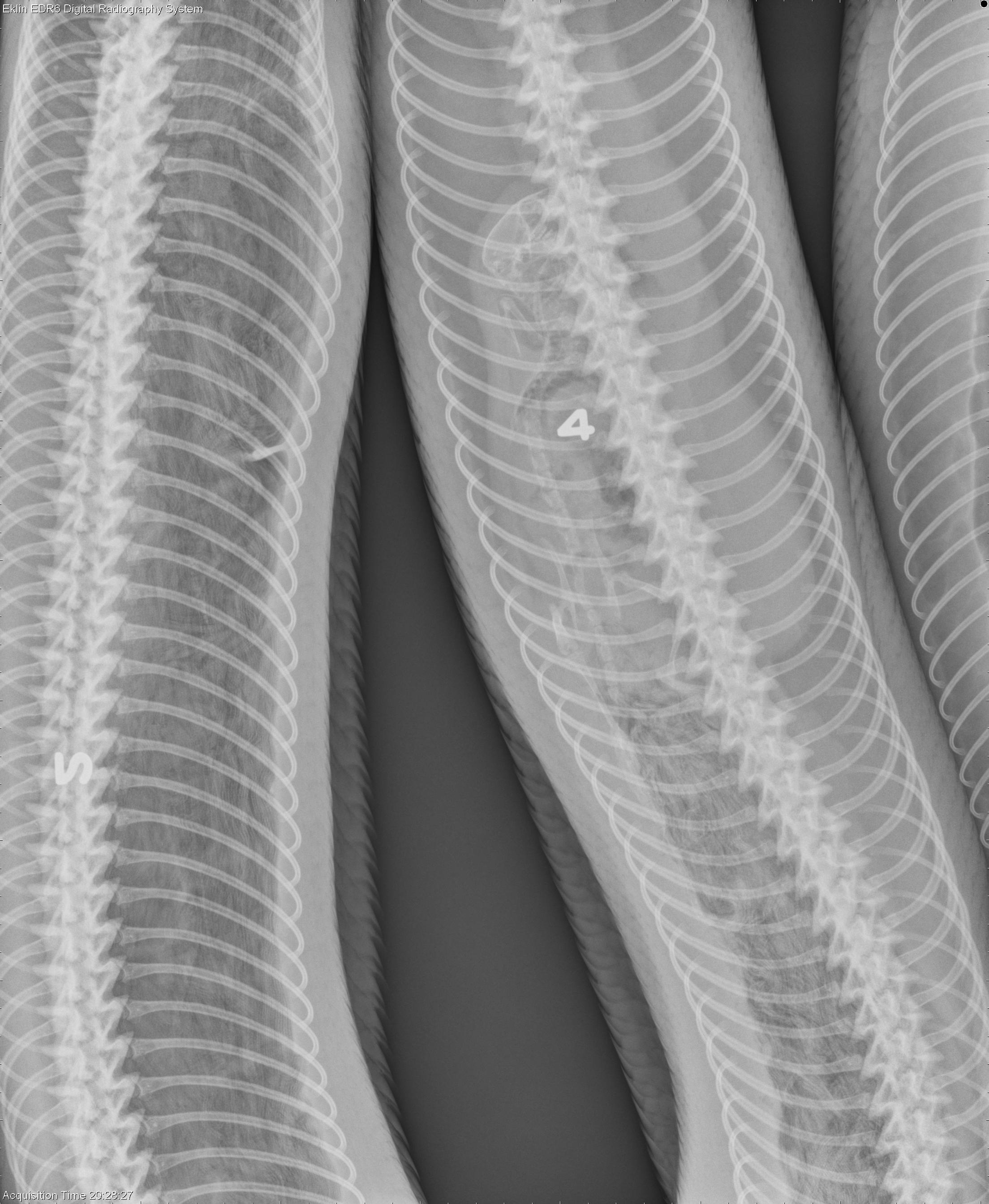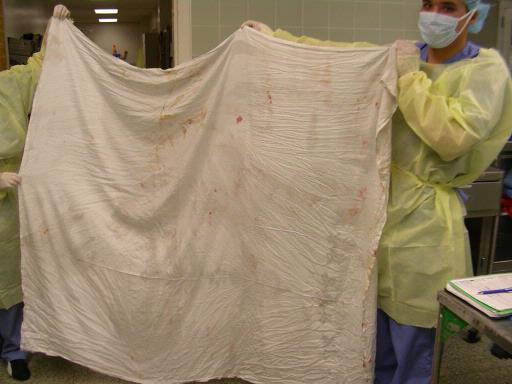ECVDI interview - Allison Zwingenberger (December 2017)
Tell us a bit about your path to becoming a radiologist.
I enjoyed radiology in veterinary school at the University of Guelph in Canada, but really came to be interested during my large animal internship at the University of Georgia. I had wonderful mentors in the faculty and residents there who encouraged my interest and taught me about the possibilities in the specialty. Since until then I had had an equine focus, I spent a few years in small animal practice in the UK to learn the medicine and skills needed to apply for a radiology residency. I was lucky to be selected by the University of Pennsylvania and trained there for four years in a dual-accredited ACVR and ECVDI residency. Being accredited in both radiology colleges was important to me because of my German heritage and time spent in the UK. The time at Penn was also the foundation of many of my closest friendships of both ACVR and ECVDI Diplomates that I still treasure today. It was (and still is) an environment filled with amazing cases, curiosity, brilliant colleagues, and strong teamwork. The first week of my residency, I had three myelograms in one night of after hours duty. That set the tone for the duration of my time at Penn!
What is your practice and work day like?
I work at the University of California, Davis as an Associate Professor. My day starts with rounds with the residents, checking over their reports from the previous day’s cases and gently nudging them towards confidence, decision making, and clarity. Around mid-morning the radiographs and the ultrasound cases start to arrive and we work as a team to get all the information we can for the clinicians and their patients. My main function is support and teaching with the residents taking increasing responsibility as they move through their program. Other days are spent working on research projects and committees such as the ECVDI or the school curriculum. I love academia for the teaching and the challenging cases and exceptional colleagues that generate ideas for research projects.
Your favourite imaging modality?
CT of course! My supervisor, Tobias Schwarz, gave me my resident project of CT angiography during the second week of my residency and I never looked back. While all imaging modalities have their own beauty and utility, CT is extremely versatile as well as being quantitative. There isn’t much you can’t do with CT.
How do you think veterinary radiology will change in 10 years time?
I think veterinary radiology as a specialty will change substantially in 10 years time in terms of scale, distribution, and focus of the work we do. It already has changed over the last decade with the surge in positions in teleradiology. In my role as president, I’d like to guide the profession to maintain our quality of training and increase the number and success of residents to meet the needs of the market. I think that training programmes will shift to private practise, and that we will come up with creative solutions to support training using our collective knowledge and technology to train more residents, better and more efficiently.
What advice would you go back in time and give yourself when you were a resident?
I would tell myself to write a journal. Those days were filled with intensity and learning balanced with fun and activities. While I enjoyed it immensely, I would like to look back and see what I was thinking on a particular day, or rediscover something I learned for the first time. You only get to go through the experience once in your life and it’s worth remembering.
What do you like to do for fun?
My most time consuming hobby is triathlon, and I compete in Olympic distance to half Ironman events. The time spent training is a balance to the intensity and chaos of a day in the clinic. I only think about what I am doing at the moment whether I am swimming, biking, or running. It's a form of meditation and flow that clears the mind, and the fitness carries over to being able to do more in other areas of my life. I also enjoy photography (particularly black and white!), travel, and reading.
What have you always wanted to do but never done?
I would love to photograph the spectacular Torres del Paine mountain ranges in Patagonia. That is definitely on my list of trips for the future.
Favourite quote or words to live by?
"I would rather have questions that can't be answered than answers which can't be questioned."
— Richard Feynman
Please complete the following sentences…
I usually start my day with a swim, bike, or run, getting outside and enjoying the fresh air whenever possible.
The time of my residency was transformative and gave me the tools to develop a fantastic career and lifelong friendships.
If I had more time I would study more about photography and learn how to capture the scenes the way I see them in real life.
Sometimes I ask myself why did I say yes to that? Despite having only so much time in a day, you learn something and gain inspiration from each new project while often helping others along the way. It’s rewarding and worthwhile to develop skills in new areas.
I solve problems by stepping back to look at the big picture, then researching the details to find solutions or ideas for pushing through or finding a way around them. The problem may be a small symptom of a larger issue which is what really needs to be addressed.
Teaching is very rewarding. Residents and students love to learn and are enthusiastic and creative in their approaches. At the same time, they teach me to improve my approach to education so we are both on an upward learning curve.
My favourite radiograph:
That is hard to choose, but I’ll offer this one: 20 year old female Burmese python who ingested a rat and blanket used in the cage.
Both rat and blanket were successfully extracted!
An interview with Alison Zwingenberger, Past President of ECVDI




